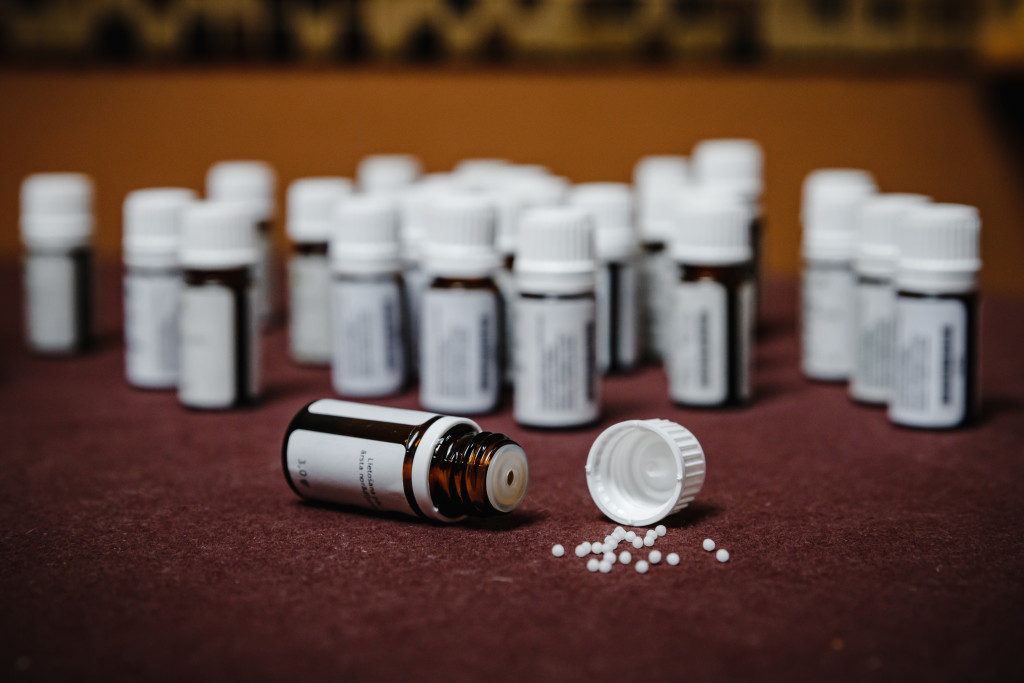First Reports On Adverse Drug Reactions
- 11/05/2022
The history of pharmacovigilance is often presented as a sequence of catastrophes and deaths associated with the drugs. Risks and adverse drug reactions (ADRs) obviously accompanied patients and doctors from the beginning of medicine. Even Hippocrates instructed the ancient doctors with the principle of “primum non nocere” («first of all do no harm»). The search for new drugs and the study of their effectiveness was always interesting for mankind. However, the issue of drugs safety has emerged within the medical community agenda only during the last two centuries.
Chloroform. Adverse drug reactions
The first documented case of an ADR occurred on 29 January 1848. The patient, 15-year-old Hannah Greener from Villaton (England), underwent routine general anesthesia with chloroform before surgery to remove an ingrown nail on her leg. Hannah Greener died under anesthesia, presumably because of a ventricular fibrillation.
Chloroform as an anesthetic agent was first introduced into clinical obstetric practice in 1847 by James Simpson (professor from Edinburgh). It became popular due to the properties of causing less nausea and vomiting than ether for anesthesia. A few years later, the popularity of chloroform as a drug for anesthesia increased. Even Queen Victoria was chloroformed at the birth of he child in 1853. The use of chloroform for anesthesia was so widespread that it even displaced the ether, especially in the UK and France.
However, from the early years of its use, attention was paid to fatalities. Concerns of doctors and the public was growing. Therefore the Lancet Journal created a commission that encouraged doctors from the United Kingdom and its colonies to report deaths related to general anesthesia. The collected data were analyzed and published in 1893. This was, in fact, the first example of collecting reports on adverse reactions, which proved the therapeutic and preferable advantage of ether over chloroform.



